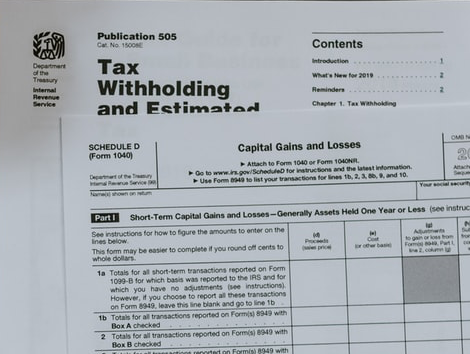by Fred Fuld III
Many of the meme stocks, such as GameStop (GME) and AMC (AMC), have shot up in price several times because of the fact that they have been heavily shorted and subject to a short squeeze.
So if you are looking for other heavily shorted stocks, you might want to check out the stocks which have a large portion of their float shorted, and in addition, have low or no debt. If a company has no debt, it is hard for them to go out of business.
Here is a review of the short squeeze and its terminology. When you short a stock, it means that your goal is to make money from a drop in the price of a stock. Technically, what happens is that you borrow shares of a stock, sell those shares, then buy back those shares at a hopefully lower price so that those shares can be returned. This all happens electronically, so you don’t actually see all the borrowing and returning of shares; it just shows up on your screen as a negative number of shares.
Short selling can be profitable, but sometimes when the stock moves against the short sellers, and begins to rise, the short sellers jump in right away to buy shares to cover their positions, creating what is called a short squeeze. When a short squeeze takes place, it can cause the share prices to increase fast and furiously. Any good news can trigger the short squeeze.
Some traders utilize this situation by looking for stocks to buy that may have a potential short squeeze. Here is what a short squeeze trader should take into consideration:
Short Percentage of Float ~ The float is the number of freely tradable shares and the short percentage is the number of shares held short divided by the float. Amounts over 10% to 20% are considered high and potential short squeeze plays.
Short Ratio / Days to Cover / Short Interest Ratio -This is probably the most important metric when looking for short squeeze trades, no matter what you call it. This is the number of days it would take the short sellers to cover their position based on the average daily volume of shares traded. This is a significant ratio as it shows how “stuck” the short sellers are when they want to buy in their shares without driving up the price too much. Unfortunately for the shortsellers, the longer the number of days to cover, the bigger and longer the squeeze.
Short Percentage Increase ~ This is the percentage increase in in the number of short sellers from the previous month.
Check out the following list, but be aware, that often some stocks are heavily shorted for a reason. All these stocks have significant short metrics.
Big 5 Sporting Goods (BGFV) has over 45% of its float shorted and no long term debt. The percentage shorted has increased by 15% over last month. In addition, the stock has a short interest ratio, also known as a Days to Cover Ratio, of 5.9. This means that it would take almost six days for short sellers to cover their position, based on recent volume. The stock trades at 5.5 times trailing earnings. It is a sporting goods retailer in the western United States.
OppFi Inc. (OPFI) has 12.3$ of its float shorted. The short entered has had a one month increase of 6% and a short interest ratio of 4.4. The company operates a financial technology platform.
Sunlight Financial Holdings (SUNL) is another debt free company that has over 10% of of its float shorted. The percentage shorted has increased by 9% over last month. Plus, the stock has a short interest ratio of 6.0. The company provides a financing platform for solar installation.
Happy squeezing!


